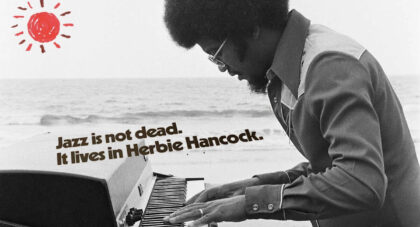Journeyman bassist Rob Stoner has played with nearly every rock & roll legend you could name, from Bob Dylan to Chuck Berry and Link Wray. Today at AD, he shines a light on the fact, fiction, and myth of Martin Scorsese's Rolling Thunder Revue: A Bob Dylan Story. "He's always trying to put people on, to put people off his trail . . .
Only the good shit. Aquarium Drunkard is powered by its patrons. Keep the servers humming and help us continue doing it by pledging your support.
To continue reading, become a member or log in.


